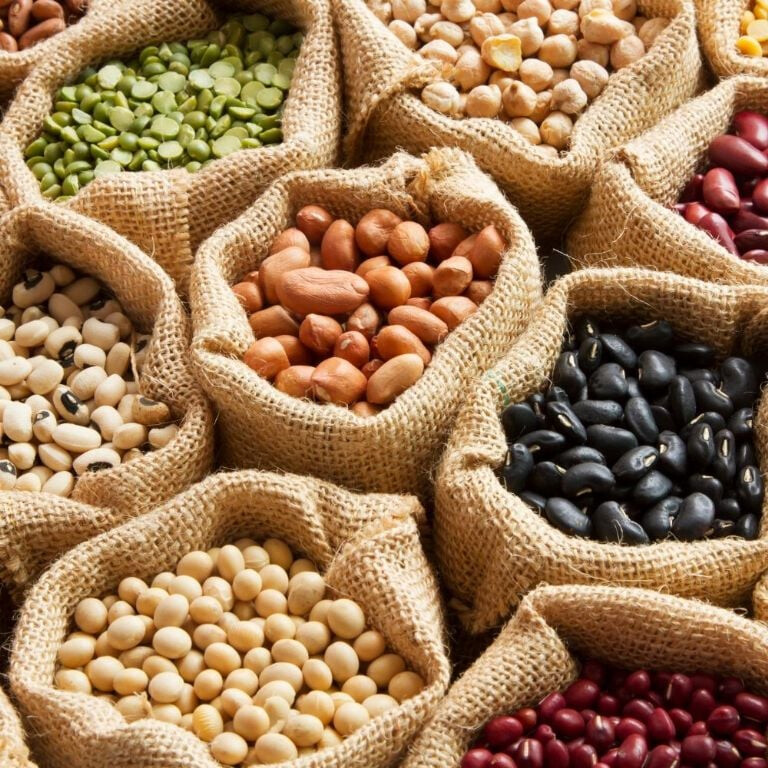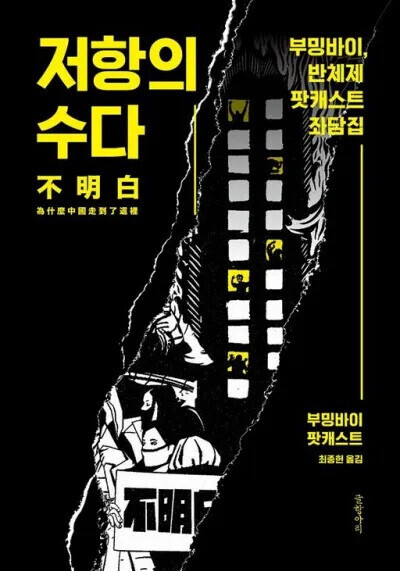
Lima, Peru – Peru, renowned for its rich biodiversity, is home to a genetic treasure trove of beans and their wild relatives. These legumes, essential to the country’s diet and cultural heritage, are central to Peru’s food security, according to Mirbel Epiquien, the Director General of Biodiversity at the Ministry of the Environment (Minam).
During a recent workshop, experts, researchers, and academics gathered to discuss the importance of these crops. Peru, they noted, is a center of origin, domestication, and diversification for these species. "Both domesticated and wild beans and pallar beans are a natural and cultural heritage that we must conserve, value, and use sustainably," said Epiquien.
The workshop highlighted the need to assign economic, cultural, and ecological value to these crops, which are crucial to Peru's biodiversity and traditions. Peruvian law recognizes genetic resources as national patrimony, and their valuation should extend beyond commercial considerations to encompass cultural and ecological aspects.
Participants also discussed the importance of developing fair and equitable methodologies to conserve these resources and benefit the indigenous communities that cultivate them. The recent Supreme Decree No. 019-2023-MINAM, which regulates access to genetic resources and promotes the creation of new varieties, was a central topic of discussion.
Epiquien emphasized the critical role of science in conservation efforts and highlighted the recent approval of the National Biodiversity Strategy, which integrates science into all biodiversity-related decisions.
Tulio Medina, a Minam specialist, explained that Peru is home to four domesticated and three wild species of the genus Phaseolus, making it a global reference for these crops. "Peruvian biodiversity is an inexhaustible source of knowledge and sustenance, and we must ensure its sustainable exploitation, benefiting all actors in its value chain," he affirmed.
The workshop, held on December 19, was attended by representatives from the College of Engineers of Peru, academia, and experts in sustainable finance.
[Copyright (c) Global Economic Times. All Rights Reserved.]





























